_______________
xtremteenslavesnuff, 19
Maso teen no limits want castration, penectomy, snuff, necro, butchered, eaten by cannibal… No family or friends that would miss me at all
Comments
xtremteenslavesnuff (Owner) – Oct 11, 2019
If you don’t want to do what I said get the fuck out of my profile
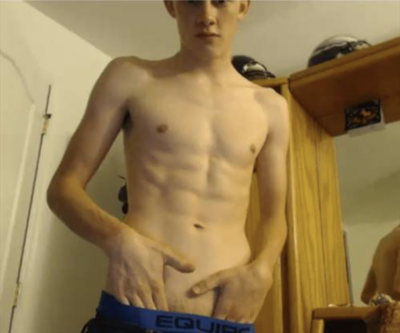
_______________
787-385-982, 19
“No longer having human existence, being less than an animal, an object without any consideration, used, stored, maintained at least … Dehumanization, transformation, modification, decerbralisation …”
slave registration number : 787-385-982
It wishes to become a permanent prisoner object. It looks ASAP to be removed from society and placed in indefinite incarceration serving someone’s every horror.
Its goal is to forget myself for the rest of its life.
Unemployed, living with a man who hates the sight of it, parents in Giza Egypt, so it can be easily abducted.
Comments
787-385-982 (Owner) – Oct 20, 2019
since all of u bitches think I’m 14 , well sorry to disappoint you , but I’m fucking 19. anyways what 14 yo has a beard ?????



________________
welcometohell666, 22
All I know is that I’m ready to die and too much of a bitch to do it. So if anyone feels like strangling me till I die, I promise I’ll try to keep my boner down as much as possible.
Comments
TERRORbitch – Oct 3, 2019

welcometohell666 (Owner) – Oct 3, 2019
fuck man i really am yeah. i know a empty vacation house with a hot tub we can break into, hit me up
TERRORbitch – Oct 3, 2019
When I was about 13-14, I was playing with a younger friend at the pool. I wanted to keep him under the water, and the feeling of my arms grabbing and pushing him down and keeping him there made me feel things that now I know what they mean. Interested?
welcometohell666 (Owner) – Oct 1, 2019
you’d be right in that. I just have a horndog thing for wanting to hang myself besides deserving to.
m8j0r_bl00d – Oct 1, 2019
This might sound weird … but I really have a bone thinking about you hanging in a noose with a bone … :-p
welcometohell666 (Owner) – Sept 29, 2019
not a bad idea. Will keep that in mind for another day.
ToXiXXX – Sept 29, 2019
Me too cept I’m planning n exit bag if things dont get better in 6 months.
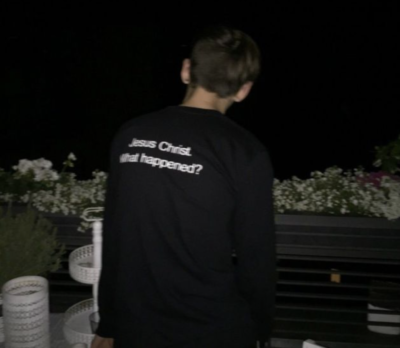


______________
Altus_Ultionis, 24
Altus Ultionis is a project by Belgamor to explore sex that has a Satanic theme. Hail Infernal Legions Of Satan! Hail Silent Souls Of Darkness! Hail Satanas!!!
Comments
Altus_Ultionis (Owner) – Oct 9, 2019
Belgamor has announced that Altus Ultionis has ended to spend more time praying to Satan.
CultofDiscordia – Sept 14, 2019
IF THE WORLD WAS TO BE CONSUMED BY DEATH YOU WOULD HAVE FRONT ROW SEAT!
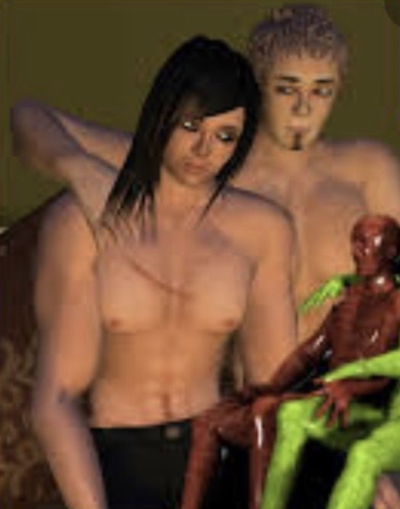
______________
TiedByOld, 18
Hey you, there,
I’m looking for a dominant daddy who educates me as he thinks fit. I live alone in a facility for youth with mental problems otherwise, I grew up in a foster home.
I would absolutely let myself be tied up and so on.
But I have no experience!
I do not think it’s bad when friends come to visit me while I’m here!
Maybe someone will? 🙂
Comments
TiedByOld (Owner) – Oct 10, 2019
I think I was dropped on my head as a kid cause that makes sense.
TiedByOld (Owner) – Oct 7, 2019
They won’t let me have visitors. I didn’t know that. I’m in the high maintenance ward 🙁
☠️Depression☠️PTSD☠️social and GAnxietyD☠️Schizophrenia☠️Bipolar Disorder☠️
Look at me …

Look at the balcony …

Look at the city …

_______________
KillingStrangers, 21
we hitchhike, without money, we are looking for evil drivers, kidnapping and gunpoint death threat and robbery etc! sex is not interesting !! We are an american couple and love each other
Comments
KillingStrangers (Owner) – Sept 21, 2019
we’re gonna be straight up with you all…. we’re not putting up with anyone’s sexual shit anymore and if you don’t like our love you can go fuck off !! GO MICHIGAN STATE!!!
Goldilock – Sept 20, 2019
Psst! for 20 euros they let you off jerk and cum in their mouths. They kiss and swap your big load before they swallow.


_______________
itllcostya, 21
im gay bottom do you like my ass
PRICE LIST
~~~~~~~~~~~~~~~~
– Suck you »5, – €
– Fuck me »10, – €
– Fist me »20, – €
– Slap me »15, – €
– Choke me »25, – € (while fucking included)
DISCOUNTS
~~~~~~~~~~~~~~~~
– 5 people »4 pay
– Birthday girl »50%
– under 35 »10%
– under 25 »20%
– under 20 »40%
Comments
itllcostya (Owner) – Oct 3, 2019
oink to show you’re interested

_______________
artsy_twink, 19
I am an artistic teen looking for art suggestions and a decent guy whose first thought is not stick it in me, I want to feel safe and fascinating around you!
OR I need a decent guy whose first thought is stick it in me who can support me financially. And no I am not a gold digger, I would never take money from someone I didn’t like.
OR if you just want to discuss say the world as a quantum fluctuation unpaired at the horizon of existence to generate a baryon non antimatter universe I’m all eyes.
Please note I am and will always be painted silver from head to toe, genitals included, twenty-four hours a day.
Comments
Master4commit – Oct 18, 2019
I’m your ruler silver slave bitch and will remain that forever since you’re my property for life text me if you ready and better be ready before texting message remember I’m not here to joke with you joker I take no bullshit because strictness is my way and humiliation is my water, torture is my walking path since abuse is my walking stick this tells you who I am no mercy, no begging or crying you receive the cake of punishment all your life and I’m just making known to you silver slave Bitch!



______________
SubmissivePriest, 24
Giving my first steps into this world, coming from a completely different one.
Comments
SubmissivePriest (Owner) – Oct 2, 2019
I’m not online anymore. Am starting from 19 o’clock in the sauna in the Palm Beach would be glad to be able to blow there some cocks today and to get my ass full. If you see me just come to me. Wear a neon green bath towel.


_______________
boredtodeath, 23
I know I’m not hot and so I need a master who doesn’t mind that. What I am is someone who can be tied down by you and whipped.
Comments
ohkitten777 – Oct 23, 2019
I’m new to this website. Came across it coincidentally while browsing the internet, but I’m so glad that I did. “boredtodeath” is my boyfriend. We’re engaged to be married, or should I say we were. That’s all I wanted to say. Go ahead and whip him to shreds, I don’t care. It won’t be the first time. “I fell in some thorn bushes.” Riiigghht.


_______________
ClockMe, 22
ex redneck racist who seen the light – my inferiority – Muslim Black and Jewish superiority!
Comments
secretmannhbhh – Sept 30, 2019
this stupid little racist garbage bastard now has 24/7 owner and total isolation from world is chained and being starved and bred by my crew and me until he’s skin and bones then he will be shot in his head and buried in my yard you’re welcome.
Natesworld – Sept 19, 2019
He’s a baboon. He’s like a man just less advanced. And his cock is huge! 🐵🐵 22 going on 73
Anonymous – Sept 3, 2019
show us ya ass..i mean ya pussy whatever..k bye


_______________
Boy4BigCocks, 18
So then I give myself to the text.
So hello I am Leon and I am 18 since April.
I’m bi and have already tested both genders in every age group and even one that was one gender but became the other gender.
When you write use the MESSAGE SUBJECT: GiveMeThatYoungAss or I will delete it and block you.
Please don’t tell me …… “your ass is amazing” ….. I get 150 of them a day, it’s boring.
My brain is the key to this ass, if you “get me” you’ll get it.
Comments
YVR009 – Oct 17, 2019
Looks and talks and comports himself like a coquettish, borderline illegal teenaged fruitcake warming you up for the big ass show to come but after sex when his ass is the least mysterious ass you can think of and not a bargaining chip, he is revealed as a pathetic, disgusting, stupid, inferior 23 year old nerdy biologist from the Netherlands.
Boy4BigCocks (Owner) – Oct 9, 2019
Sigh… I guess I should say that men as old as you make me want to vomit and meeting of any kind of is a big fat NO, so don’t ask again, it won’t budge.
CarlDowdy – Oct 9, 2019
GiveMeThatYoungAss, As his physical state worsens a retired, expat pensioner craves inter-generational abuse to solidly weak, masochistic young Men, you if possible, who see the World as their Oyster. “Sex” is not the question. It really never was.
Boy4BigCocks (Owner) – Oct 8, 2019
Most of your requests are possible.
dreamalittledream – Oct 8, 2019
GiveMeThatYoungAss, Hi. I’m a junior high school teacher with an offbeat request. I would like to dress you as a girl and have you attend a day of my classes as “the new girl”. At the end of the school day I would take you in my office, make out passionately with you, suck your dick and eat your cum. Would this be possible?

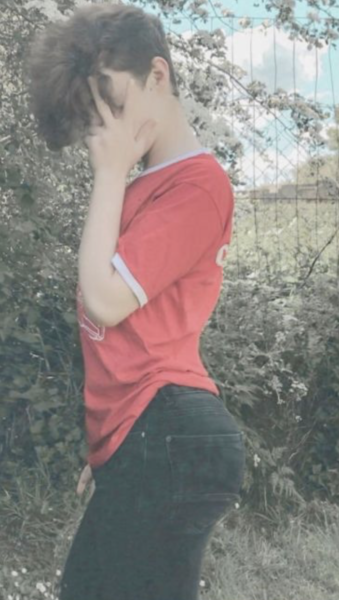
______________
reallyboredandsuch, 18
I like cuts. I like cutting to my arms and face.
Comments
reallyboredandsuch (Owner) – Oct 16, 2019
The good news I am now on anti-depressant and do much better. The bad news a side effect of medication is gain weight and I’m fat.

______________
ImThatGuy, 21
I’m the kinda guy whose really into BO, in my opinion, a guy who reeks of BO is the hottest fucking thing in the world.
Location is not an issue to me what so ever, you could be on the other side of the world for all I care, as long as you have BO I’ll meet up.
Comments
Elijames – Oct 15, 2019
“Home at Last…”
I walk through the front door from work,
tired and beat. You cease at whatever you
are doing, grab a folding chair and walk over
to me. You unfold it and place it in the center
of whatever room I am in.
S l o w l y…, you drop to your knees, lean
over on all fours to face each leather workboot
and commence to rub that pretty baby face of yours
across the top surface of each boot, eventually
locking your lips onto the steel toe of each.
You then lean further over and use your mouth
and untie the shoestrings…, unravel them at
the cross section with your mouth and that sharp
tongue. Once half way down the work boot, you will
s l o w l y slide each boot off.
You then arrange your physique in an upright
Indian style position, legs crossed. Raise each
of my feet, one at a time and place the foot on
your forehead and massage each foot, and at a
good pace, with a bit of strength just to let me
know it is known by you that I had a rough day
at the construction site being on my feet directing
my workers all day.
Once I see a bit of sweat slide down your brow,
seeping from your forehead, I then direct you
to roll off each sock and massage the sweat off your
forehead into the center of (my arches) each foot.
Succeed to work each muscle and tendon in the foot
by hand. As a force of habit and by repetition, you
rub each foot across your cute fucking face – only
to generate the gears in your head; facial expressions
of passion and eroticism will surface because your
endorphins are exploding off in your brain.
Your pores amplify. The glands from under each arm
sets off pheromones that lathers your armpits.
Near the end of gratifying me with satisfaction,
in a Dennis Haysbert/Sam Elliot tone of voice, I
instruct you to position yourself back on all fours to
proceed, idolize and worship my feet by stroking and
rubbing your pretty pink lips and juicy tongue across
the ridges of the big toe and along side of my size
13” foot.
I extend his hand out to reach yours and in a
“brutha-like handshake grip”, I lift you up off
the floor to face me. I then grip you by the
nape of your neck and gently force your head onto
my shoulder. As I plant a kiss, I use the other
arm to wrap it tightly around your waist to give
you an exceptional squeeze knowing “how good it
is to be home” & the magnitude of my boy’s efforts.
The bond of the squeeze grows intense due to the
aroma of sweat, musk and pheromones circulates in
the air and asphyxiates us both…



______________
CoupleBoysSzeged, 23
Boyfriends often mistaken for twin brothers but just two narcissists settling for the next best thing 😉 who love to suffer and are up for very heavy play together or seperately.
Extreme gutpunch
Long whipping
Electrocution
Beating unconscious
MOUTH AND ASSES USED AS MYSTERIES
Luther (on the left) is slightly more buttilicious and Rolf (on the right) is slightly more cockilicious.
Comments
BerkeleyMaster – Oct 7, 2019
It (“Luther”) has been under my 24/7/365 no limits ownership for six months. No idea what happened to Rolf. It is available for loaning, but … Be forewarned: two months ago, I loaned it to a guy who almost killed it, he went crazy, beat it with a 2×4, etc. The police found it unconscious in the gutter. So I’m cautious about who I loan it to, and will ask you a LOT of questions first.
Hardgay6000 – Apr 28, 2019
choose luther if you want to destroy something
hearse – Apr 16, 2019
My name says it all. A hearse with an arse inside. I got the hearse. I’d love the arse to be either of yours or both.
CoupleBoysSzeged (Owner) – Apr 13, 2019
Please, use only Russian or English. I’m terribly sorry, but we can’t speak complicated Hungarian.

______________
4psychosonly, 19
who has lust meets me for intense scene you know what I mean 🔪 in the woods in a restroom construction site john back of a truck frat house in a tent in a back yard will meet anyone
Comments
4psychosonly (Owner) – Sept 7, 2019
i love who i want to be
4psychosonly (Owner) – Sept 6, 2019
i will be walking in kingscote park in blackpool on sunday 8th september from 10pm for approx 20 minutes i will have a white tissue showing out of my jacket pocket
4psychosonly (Owner) – Aug 26, 2019
no i cant have people over its complicated and you will find out why fast enuf

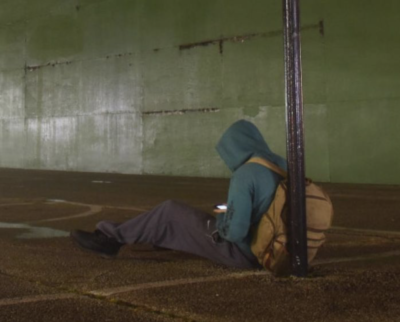
______________
idsuckthatbro, 18
I’m FAGGOT to balckmail and destroy! Please be smart enough! Its Destruction time!
Comments
idsuckthatbro (Owner) – Sept 29, 2019
I don’t know we’re belong!
Want be one of theree!
GODSTEFF – Sept 29, 2019
I’m a fuckin SSatanic Nazi SStud addicted to hard raw fuckin SSnuff! You’re fuckin next! The more fuckin twiSSted and fuckin depraved it getSS, the fuckin better for you! No fuckin bloody moralSS here!
MoralSS are for that fuckin SShit xrist and its fuckin filthy whore mother, not for a SSadiSStic GOD of SSnuff like ME!


______________
assofangel, 24
My face is as beautiful as my ass
I will stay in your memories until your last day on earth, and more …
I’m not a Guy/Girl, but a melt of both of them or I can be nothing
I’m flawless
I’m Louis, a marketing manager at AZ PACIFIC PLASTIC
Comments
assofangel (Owner) – Sept 18, 2019
Guys, these last weeks I was too openly-gay for closet dwellers, not fem enough for some, too fem for many, too raucous for total tops, too bthin for twink-lovers, too logical for hopeless sadistics, boring for dramatics. How did this happen?
assofangel (Owner) – Sept 2, 2019
I would need to relax with a joint first 🙂
DidUSayCockNow – Sept 2, 2019
I want three things – multiple cocks using your fuck hole, the loads they blow to give you the drippiest wettest cunt for more cocks to slide right in one after another until your hole is way better than any holes anyone has have before, and restraints, blindfold, piss, toys, etc while you’re the submissive slutty excuse for your hole that you were made to be. I guess that’s a lot, but fuck it – I want every man in the world to fuck you senseless.
assofangel (Owner) – Aug 21, 2019
Let’s go have a drink tonight 🥃
ImHereAgainAndAgain – Aug 21, 2019
I’m only attracted by femininity, so masculine men turn me off, just not my thing. i dont just mean i’m only attracted to men that act feminine, i mean they have to act and look feminine, shaved, soft, pretty (not in a beauty standard way, but as in pretty not hansome, if that makes sense.) oh, and dont send me dick pics, i’m a top thats only into feminine men, obviously i dont give a shit about your penis. unless its pierced, and thats not a sexual thing, i’m pierced myself and dont mind seeing other peoples art and how they have theirs so i can get ideas for my own. only have a frenum right now, thinking of getting a PA and a few others.
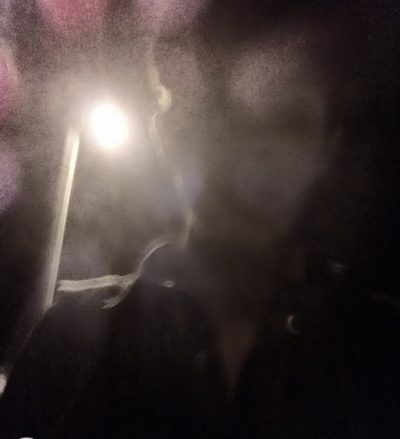

______________
MensRestroomToilet, 22
I just want to be immobilized and used as toilet bowl.
*If this is too nasty for some I’m willing to pay guys to just take a dump on my face also.
I won’t send face pic so don’t bother asking. Sorry but I’m cute af and don’t need the world knowing I’m a submissive toilet.
Comments
popupman – Oct 10, 2019
He made me moan bigger than I thought I could go.
meassin – Oct 5, 2019
He has very specific facial features.


______________
Satanisme, 18
Young slutette to use and to abuse looking bizarre, to put at your disposal, to transfer even to prostitute.
Ass to bleed without restraint, I love to be whip, whip bloody by the belt or martinet.
AIDS transfer is cool, transferred into me – but I get that’s niche.
If you want to write to tell me how “ugly” I am don’t do it because it’s superfluous (I know it too.)
My limits: no house plants, I do not like house plants. I appreciate hugs, but I do not give them.
Comments
Satanisme (Owner) – Oct 7, 2019
No you don’t :'(((((
Wildanimal – Oct 7, 2019
I want to rip your stupid Goth clothes and piercings off you like a kid on Christmas morning.
Satanisme (Owner) – Oct 1, 2019
I’ll take that bet :'(
Luizcontrol – Oct 1, 2019
“yOur nOT lIkE oTHeR bOyS”
you are the amalgamation of every single boy I’ve ever thought was cool.
i would bet a million dollars your mouth and ass and cock taste like God’s favorite three foods.
“All the things I really want to do to you are either immoral or illegal.”



_______________
lebanonFFtwink, 20
Use both of your fists. Punch my guts out.
Comments
lebanonFFtwink – Oct 6, 2019
Not against dating.

_______________
cockholeATM, 18
I got married at 16 to the most amazing girl on earth. She died of cancer just recent. She never knew I was gay. I can’t hide what I am. I would love someone who can help me process things and show me so much pain.
Comments
cockholeATM (Owner) – Sept 19, 2019
Call me now please i swear i will pick up your phone +600105490281 whatsapp
James4x2 – Sept 19, 2019
am James by name, 45yrs old, house remodeling contractor from Fulton, NY… i have been single and lost since the death of my partner and life has been so meaningless to me, i have been so lonely and bored…. i would gladly say i am a very angry violent man… you would not have to do much, just your pain solacing me is more than enough.



_______________
deinkleinerbro, 21
Hi, look for a well-stocked Bro, big cock and big bucks who wants to do more than just talk. Why bro? I’m not shy at all.
Look for the right Bros who are always in the mood for a hard fuck. I like to get drunk with you and let you fuck. But should not be such a head-fucked alcoholic or parasite who is always drunk.
By the way, if you weigh 100 kg and that all muscles are, then come to me. But if it’s all fat, no boy will want to start something with you, me included.
Comments
deinkleinerbro (Owner) – Oct 7, 2019
You were choking me, and I thought this it is, I’m dying. But I woke up at 5 am, grabbed my clothes and got the fuck out there.
eyesopen2019 – Oct 7, 2019
When I first woke up this morning, I had a memory of accidentally strangling him to death, checking his pulse, realising he was dead then fucking his dead body before I passed out, but he and his shit are gone so I guess I didn’t.
deinkleinerbro (Owner) – Sept 26, 2019
Hey 🙂 vamp. Halo reach will be a laugh haha. But no tequila + jack daniels next time, I’m still mentally retarded.
Vamp – Sept 26, 2019
Hey little bro 🙂 kicking ass I hope!! Cant wait until we play Halo reach and I fuck your brains in again!!!



_______________
houseatthecrossroads, 18
i’m a bi teen in Austin looking for a Master or Man to show me how i should be.
i would like to find a Man/Sir/Daddy/Master to serve regularly while i figure out if i need to leave my gf.
i’m pretty calm and take life as it comes, but in the bed hahahahaha, that when my energy goes crazy!
i want to be reprogrammed, once a week at least, so that i can really become what i have this weird feeling i am.
so please, let’s see how far You can take me to who i can be, but need help becoming that.
Comments
houseatthecrossroads (Owner) – Oct 16, 2019
i’m still cute
ItsYourLife – Sept 28, 2019
Three months

ItsYourLife – June 12, 2019
Been training him for a month. If anyone interest, here’s his status report
😈🐽🥳 ❣️= His likes
Clothing👔: Gym Shorts❣️, Spandex❣️, Spider-Man suit❣️
Dirty Deeds😈: WS (no drink), Spank, Whip (with his belt) ❣️, pin him down❣️, sucking cock with his clothes on❣️, headlock❣️, feet in his mouth/face❣️, slap him, cum in his hair, rip his clothes throw him on bed❣️, Duct tape his mouth, force cock in his ass❣️, gagging on cock❣️, Slapping face, Toys in mouth, on his stomach❣️
Kinky&Stinky🐽: smelly sneakers, dirty socks, dirty undies, sweat, stinky pits, Fart (With undies on), Give oral on the toilet, dirty restroom/room
His fav Kink🏆: Farts (+Undies)💨 🤢😈
Dislikes: His girlfriend
Anonymous – May 29, 2019
I know his girlfriend. He’s a nice boy by day but deep and dark and sick when the sun goes down.

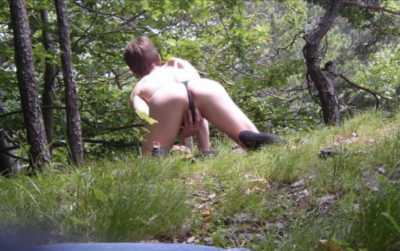
_______________
YourDream, 25
Edible SLAVE, too weird to be twink, too pretty to be stud, OVER IT, desparrate to be butchered, eaten as food
extreme open and sloppy cunt* lasting very longtime if you want it
“YOU” must be:
…experience murderer
…not to hairy
…very hungry for meat (!!!)
!!! I never got formed by someone !!!!
*a cunt so talented that it got 4 great reviews about it if you wanna completely wreck it 1st, I’ll beg you to completely wreck it
PLEASE KILL ME AND REDUCE ME ON MY MEAT and SHOW ME THAT I’M NOT MORE THAN JUST A MEAT.
Comments
DEEP_POCKETS – Sept 20, 2019
Have over 100 mobile phone videos of him on offer …..
# # Public outdoor # # bareback fucked # cumeating # blow/blown rimmed # # # exhib bondage # big toy play # FIST # jaw-splash
PAYMENT PAYPAL or AMAZON
SHIPPING WHATS APP
YourDream (Owner) – Sept 17, 2019
GUARANTEE you BLOW ME OUT (!!!) w drugs, I can pack EVERYTING I what you want me to have and leave !!!!!
YourDream (Owner) – Sept 12, 2019
I’ve been told I should say for moral compass reasons that I only want to be butchered and eaten when I’m very fried on chems. It’s how my brain works, call it what you like. That’s it. No epilogue or witty outro… *throws clothes into the crowd*
High – Aug 30, 2019
Poz +++++, handle with care for your own sake.
YourDream (Owner) – Aug 24, 2019
Back in Liege today after 10 days of vacation in Spain with the family. Couldn’t do shit with them around so hornier than a moose and suntanned if you move fast hahaha. More than 28 years old or ugly ⛔️ offer to pay off my debts

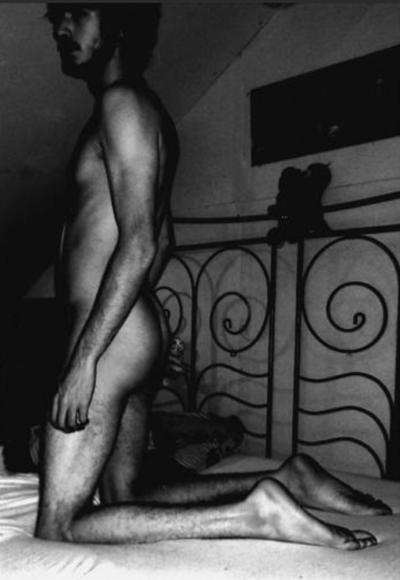
_______________
temporalitylol, 19
I’m too chickenshit to meet up with anyone right now, but if you’re sadistic, bored, and want an online or future real punching bag for whatever span of time, shoot me a message. Let me know what a fucking loser I am. Do what ever you want to me, do experiments to me or sell me. I’m honestly so desperate for attention from a man that literally just typing a single letter to me and then moving on would make me horny af. It’s not a fetish; I’m actually this pathetic.
Comments
temporalitylol (Owner) – Oct 10, 2019
Yes, yes!!!😢😂😭🤣❤️❤️❤️🙏🙏🙏Thank you!!!!!!!
Two2ofus – Oct 10, 2019
We know that this is not for everybody. But if you are interested just send a message.
We are a couple (ages 31 and 35) and we are looking for someone whom we can sort of adopt. Really adopt. Whom we can teach everything we know, give you more life experience, becoming more of an adult and teach you to live independently.
We really want to make an effort and want to know who you are, what you like to do, what moves you and what you want to accomplish in life. It’s not about how experienced or unexperienced you are. It’s about you being open and honest and willing to let us help you to live a full life.
Here are the reasons why we want this. We want to enrich our lives. We want to help someone to come further in life. We are looking for a new challenge in live. We have much more to give then we do now. And we want to bind us to just one person and not random contacts.
We are out to be life coaches and real friends for life. Friends who you can go to if something is wrong or when you’re in trouble. But also friends with who you can enjoy life.
Friends who you can go to whatever happens. We want to help you with problems and help you look at things differently if needed. We will honestly try to accept you unconditionally for who you are. We are wanting to commit us to you.
One thing needs to be clear though. Within this friendship we also want to have sex with you.
palecrumbs – Oct 3, 2019
Looking at your pics I have the distinct impression that I could care about you.
temporalitylol (Owner) – Oct 2, 2019
Really I’m just looking for someone who’s care about me.


_______________
Pickmepickme, 21
Pretty please pick me!
Cute bottom boy turned drug mess waiting impatiently for drugs, bareback, sm, blood – sensitive types refrain.
I know I’m past my best so I will make that up to you.
For your good I recommend using gag.
Comments
Anonymous – Aug 22, 2019
Encased him head to toe in rubber
Clicked the padlocks shut on his leather deprivation hood then clicked the handcuffs tight behind him
Laid him on the floor
Removed his hard penis and jacked it until he shot
Stood over him for a while after he freshly came saying nothing and watching as he fumbled in the darkness bound state trying to unlock and free himself.
Sat on his hooded face and smothered him to death
MysteriousFool – July 31, 2019
interesting what the 1st reviewer said cause he has a “must have been gorgeous” look
– a few drinks (repertoire of cocktails, whiskey based)
– weed, three joints
– no blah blah, just a body available
– he injected something in his arm
– throat kisses
– hard deep making out while he was sitting on my lap
– fingers rummaging in his mushy hole
– choking him while making out, on our feet, on the floor then on the bed
– tie his hands and gagged him
– then hard rough rape missionary, on his stomach, doggy
– shot loads in his ass, down his throat
– strange conversation after about life’s futility
TakeaChanceBro – July 18, 2019
Penny for your thoughts, Pickmepickme.
loaf ruan_lopes66 – July 18, 2019
Holy shit, ! I had a really hot and heavy scene with him the other night. I never for one moment realised he was the same guy I’d paid 400(euros)/hour to do much less with six months before!
ruan_lopes66 – July 16, 2019
Even though he’s barely recognizeable in the profile foto, he advertised on Planetromeo as a VIP-only high end escort (with several ***** reviews) as recently as a few months ago, so ?!?!

_______________
Dark_Space, 18
I am German. Looking for schoolboys. I am schoolboy too. I am in Dubai. I want to sex with Arab schoolboys like me. No twinks or old. Only teens like me are.
Comments
DavidAuszton – Oct 9, 2019
He 📎 E V I L 📎 look in his eyes!!!! 👀 true bout his asshole 👈 but …. 👹 E V I L 👹 scary!!!! 🗣 Don’t Join The Losers Club 🤡
AsYouWantt – Oct 3, 2019
his asshole is so delicious you’ll wish it had a tongue.

_______________
inthend, 20
Life is too hard. Too long to not be yourself. I am ready to die. I know it. I feel it.
Comments
Electro-Cute – Oct 10, 2019
God damn it Damien, can’t count on your ass for shit.
inthend (Owner) – Oct 9, 2019
IDGAF IM DOING IT.
BITExMExILxBITExBACK – Oct 9, 2019
Because he is a friend of my roommate and I was only stating what i was told not defending him
LetsGetThis101 – Oct 9, 2019
I fucked him a number of times ok? Why defend him. He wants to die. Who cares.
BITExMExILxBITExBACK – Oct 9, 2019
I know someone who knows him personally and he does not talk like a mouse and his dick is not that weird
LetsGetThis101 – Oct 9, 2019
Also it affected his vocal cord development. He talks like a mouse cartoon.
LetsGetThis101 – Oct 9, 2019
I know this guy. Has a crippled hypospadias cock, birth defect. Can’t blame him.
inthend (Owner) – Oct 8, 2019
True.
danny_psy – Oct 8, 2019
Not worth having sex with, it is boring and messy, and he stacks his garbage in the apartment.

_______________
martol, 24
I’m into most everything related to inflation, including belly inflation with air, inflatable padding under my clothes, and anything that makes me look like I’m blowing up. I’m having a party on Saturday (possibly with some alcoholic beverages).


_______________
valentine4sadist, 19
Looking to engineer my own disappearance. Give myself to a Master that wants to keep me locked up permanently, with no contact to the outside world. The only person who knows where i am is my junkie roommate. I or you could kill him with an overdose, scot free. The only two people who will know where i am after that will be me and you. Kept caged, chained, raped, beaten, tortured, broken mentally, body editing, total destruction, death when you are ready. Looking to do this right now.
Comments
valentine4sadist (Owner) – Sept 15, 2019
ok yes with one limit – no kissing, that shit doesn’t fly with me at all and i can smell it a mile away
valentine4sadist (Owner) – Sept 15, 2019
yes
Floridalongpigeater – Sept 15, 2019
interested?

fuckupman – Sept 4, 2019
cute uneducated white trash low life guy trying to get the most of life the only way he thinks he can and probably so


*
p.s. Hey. By the luck of the draw, you’re spending the local portion of Halloween with the slaves. Not entirely inappropriate. Have great ones on- and offsite!






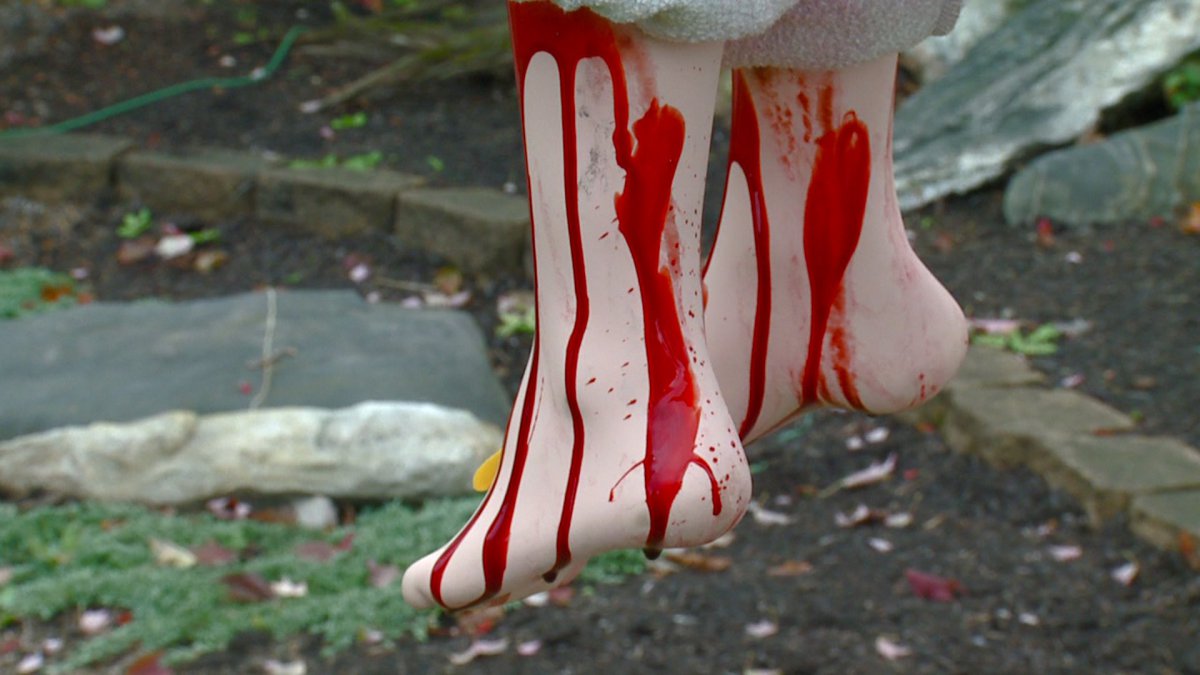




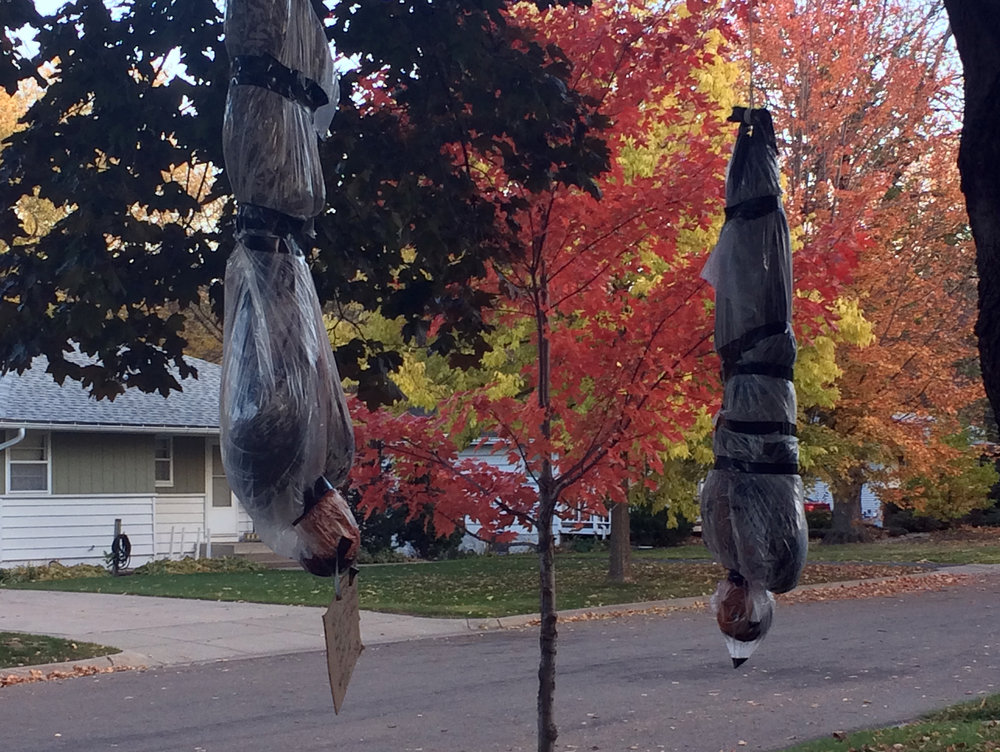


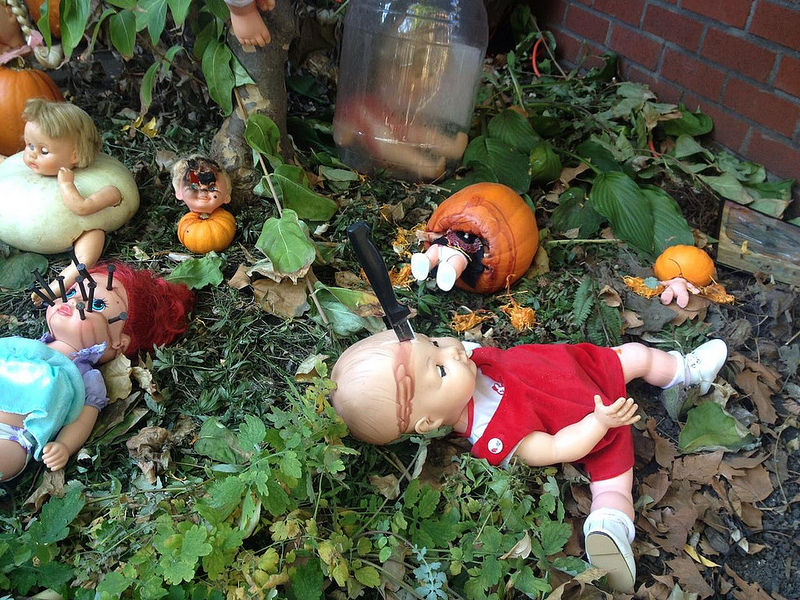
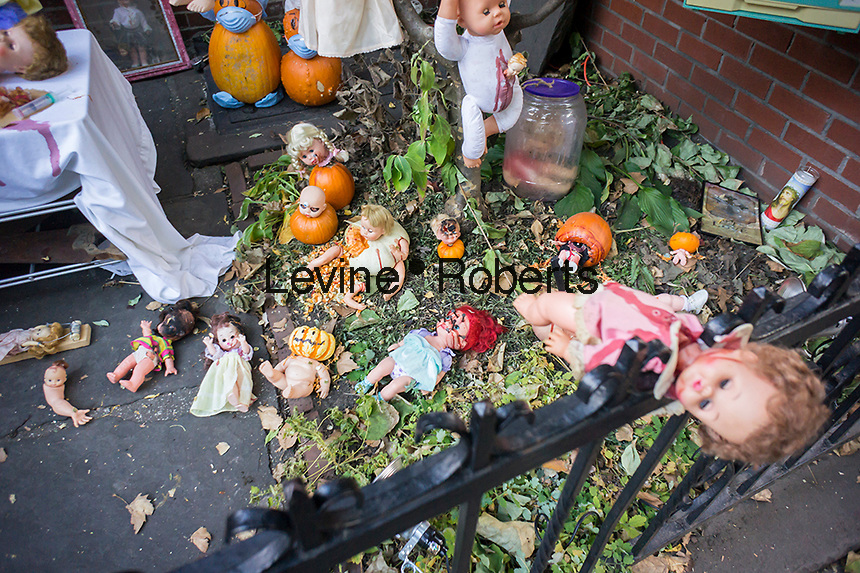

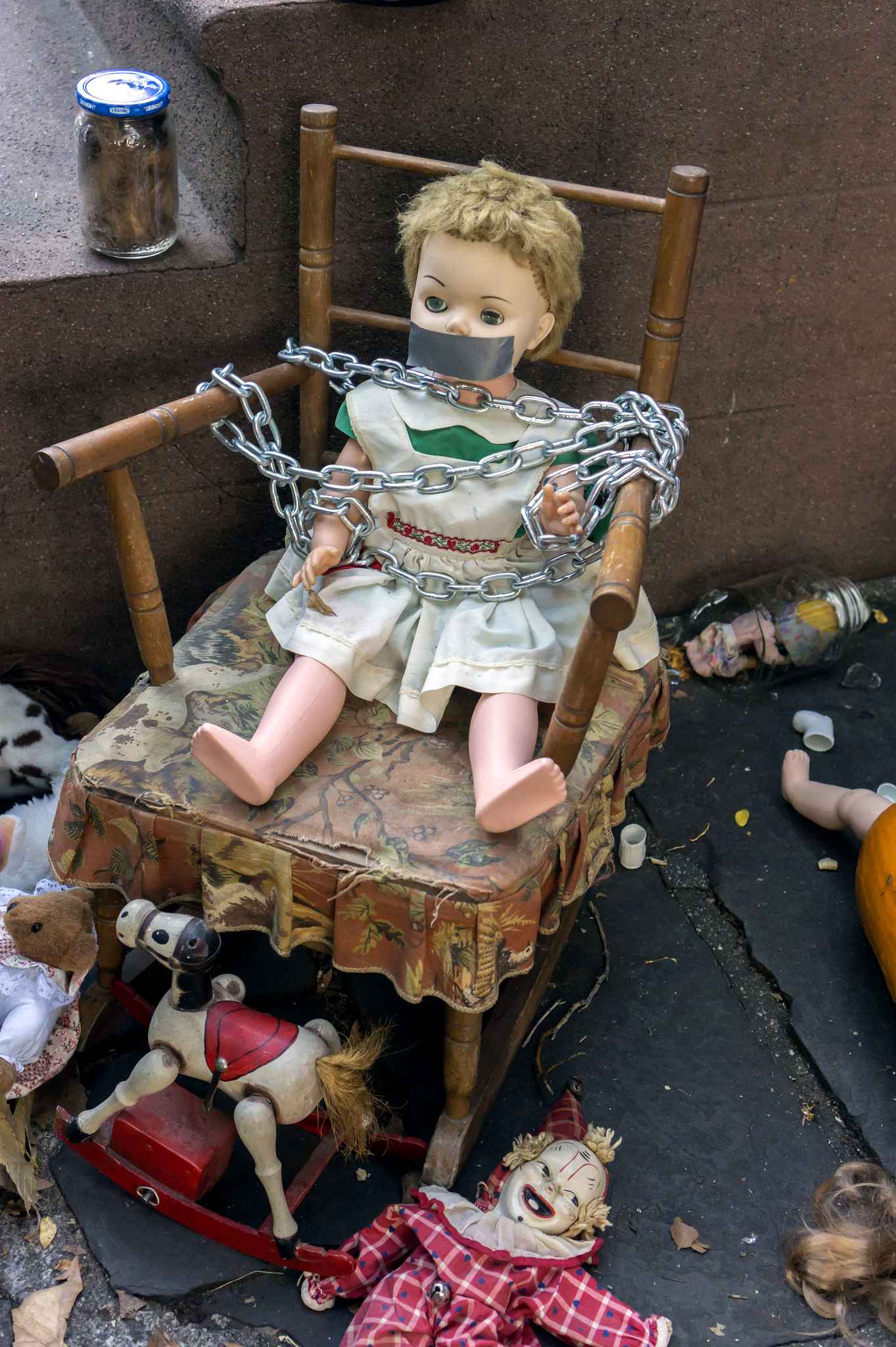





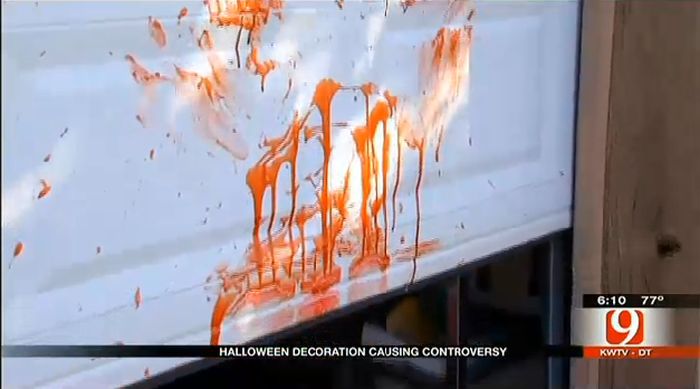





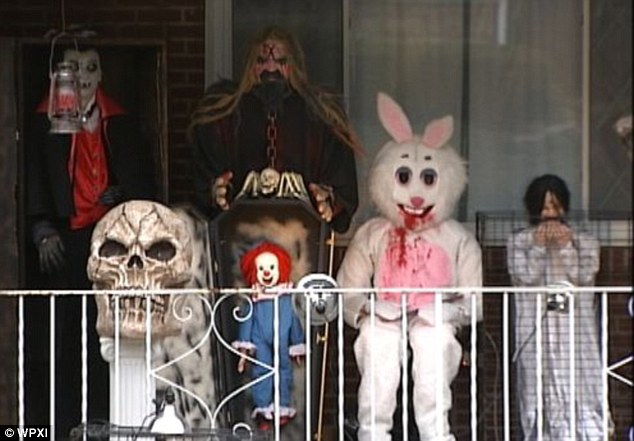


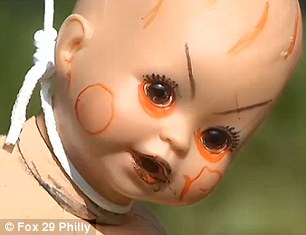
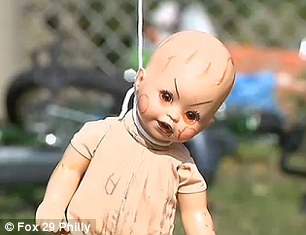
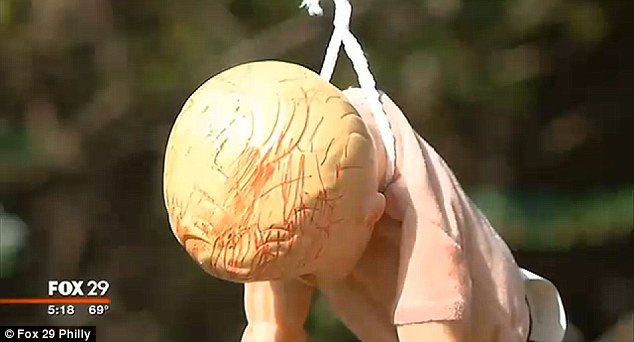
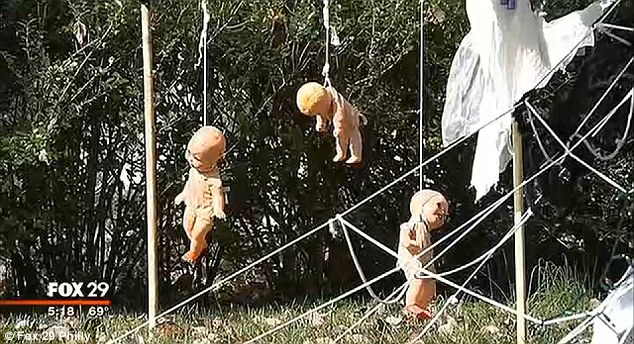
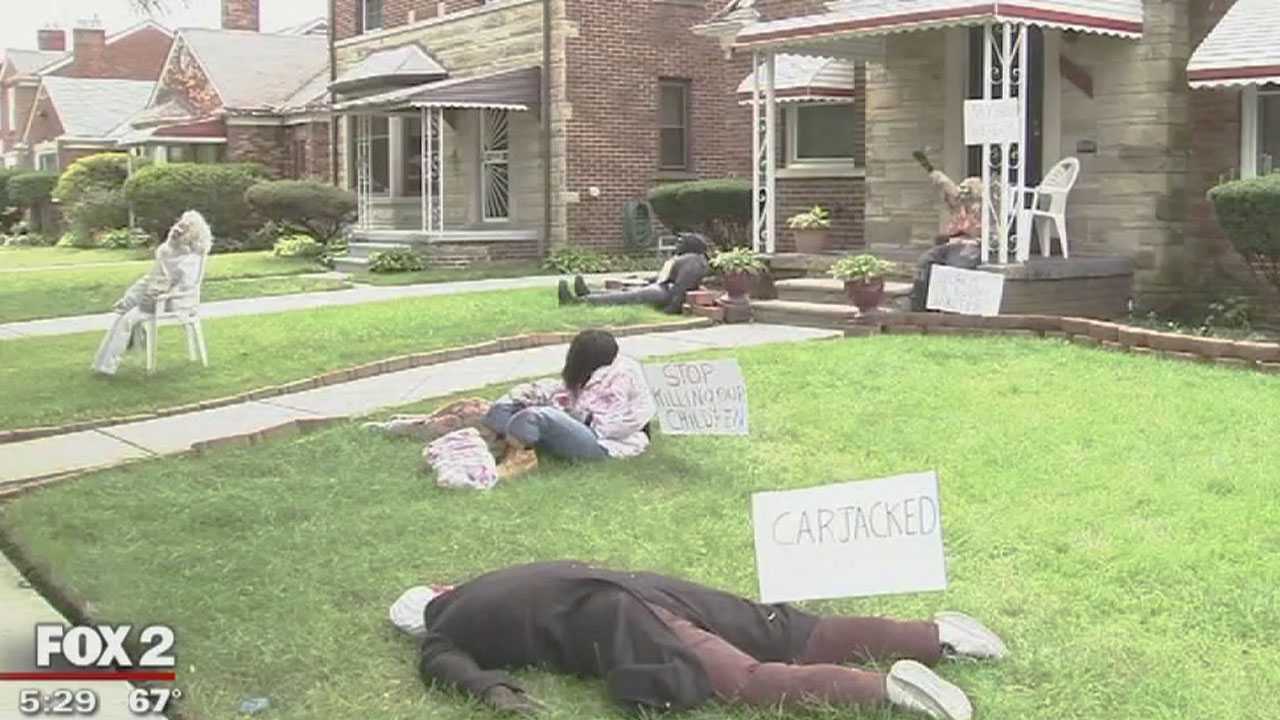
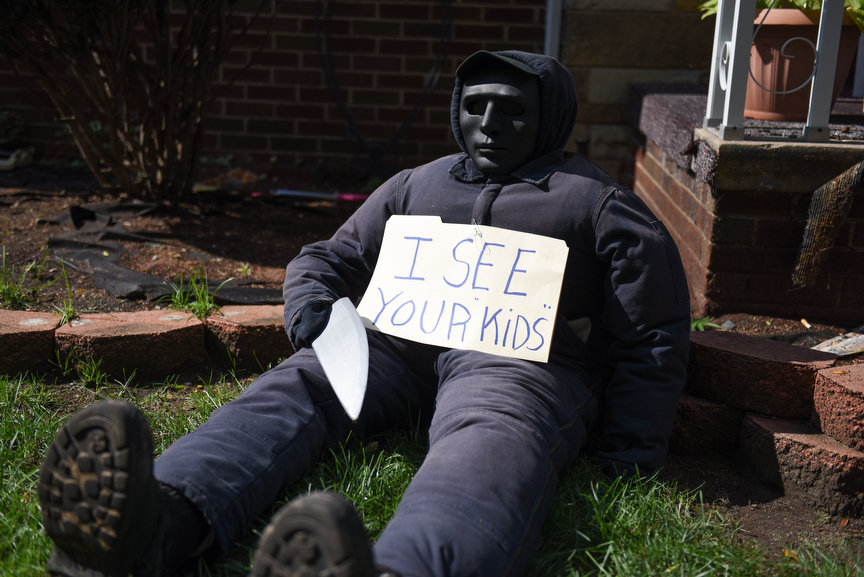
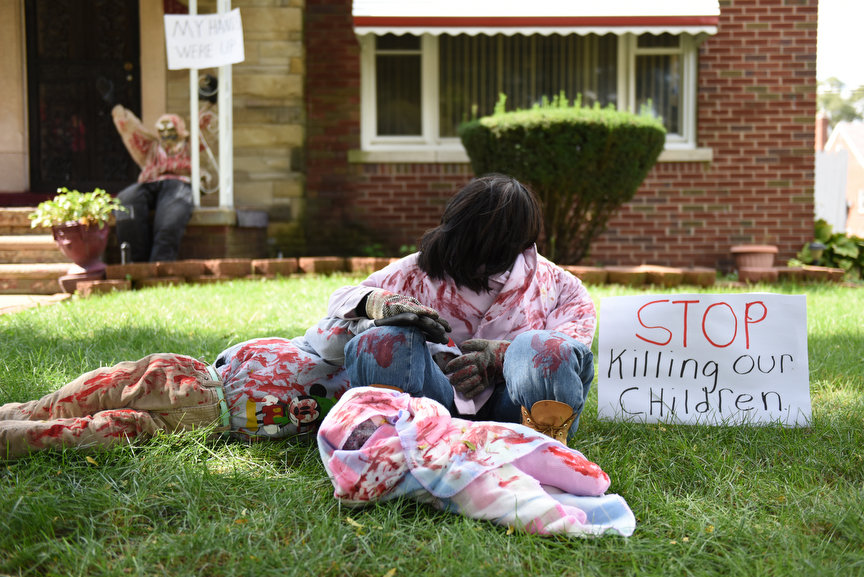
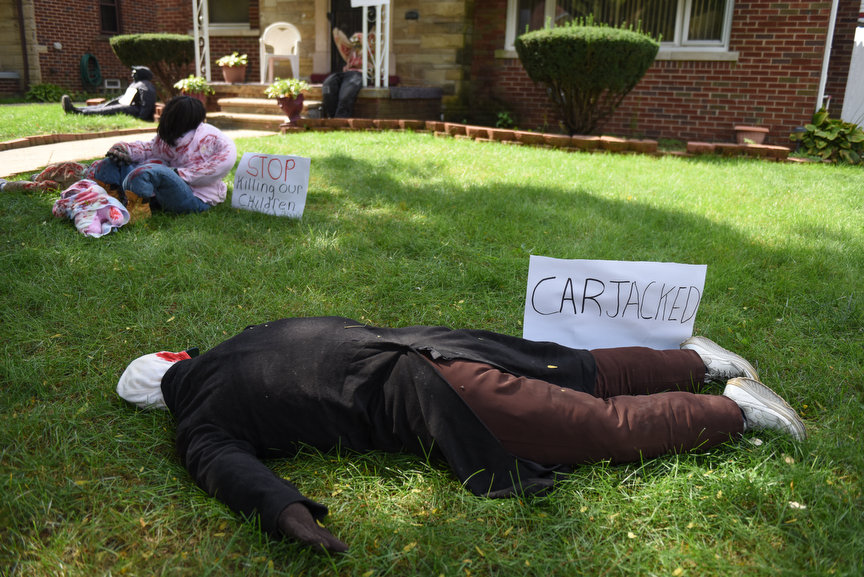


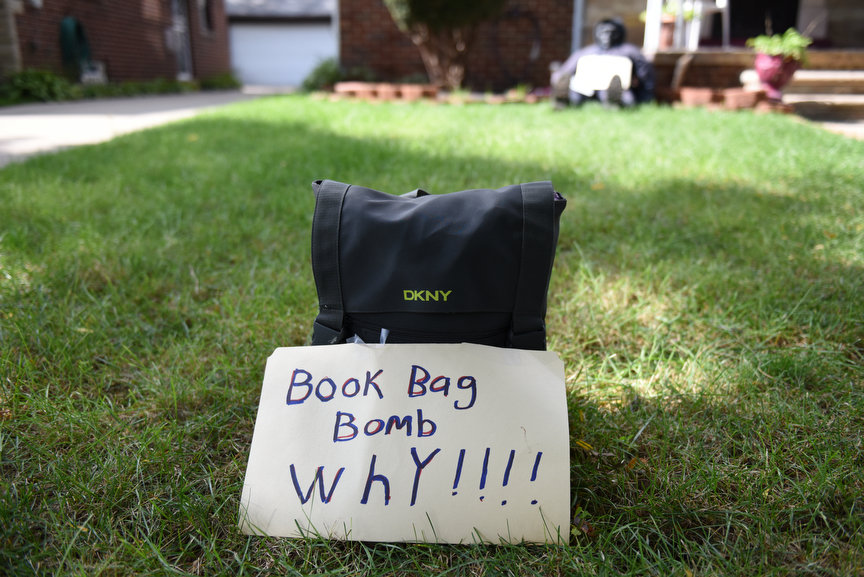
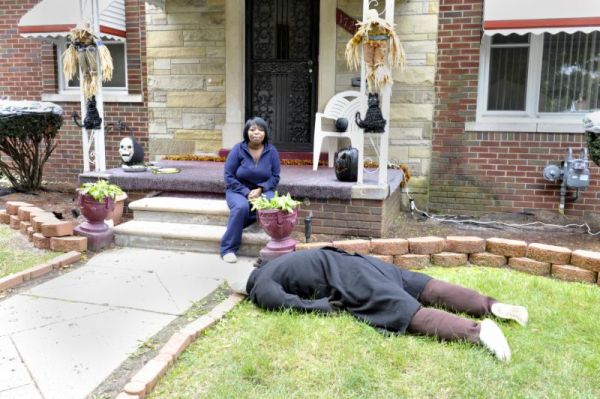



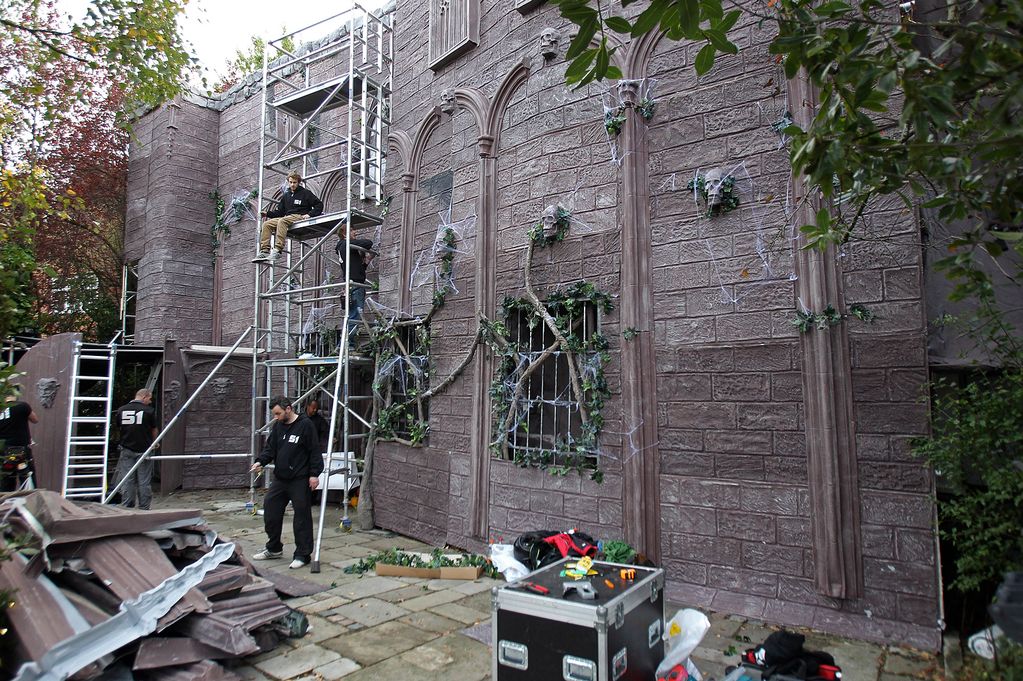




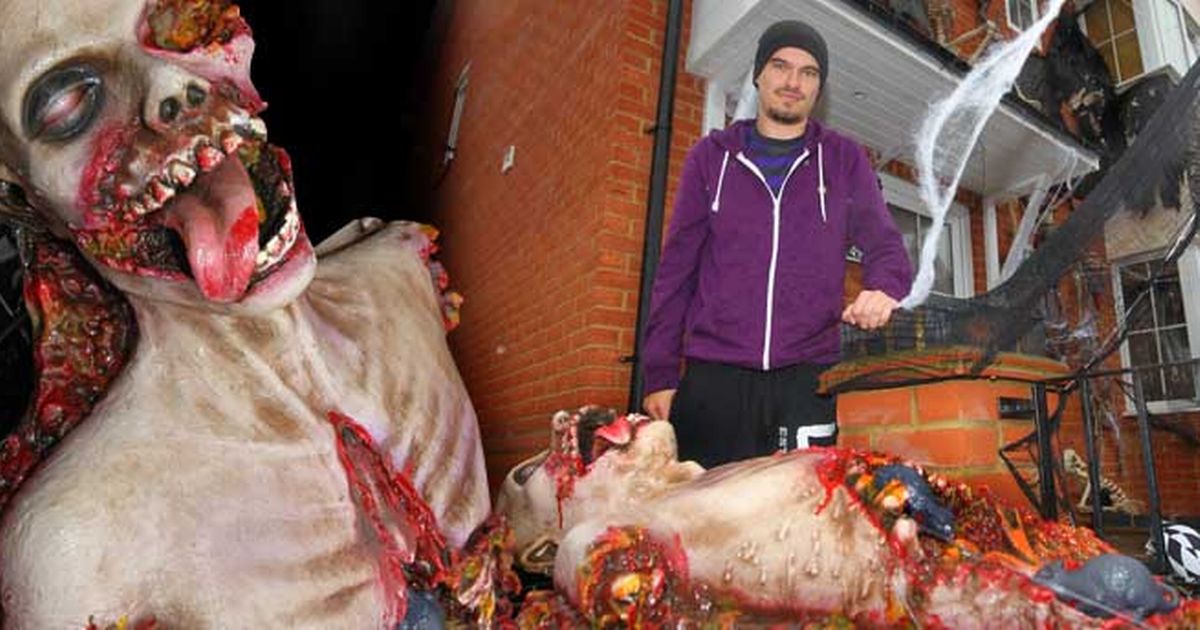





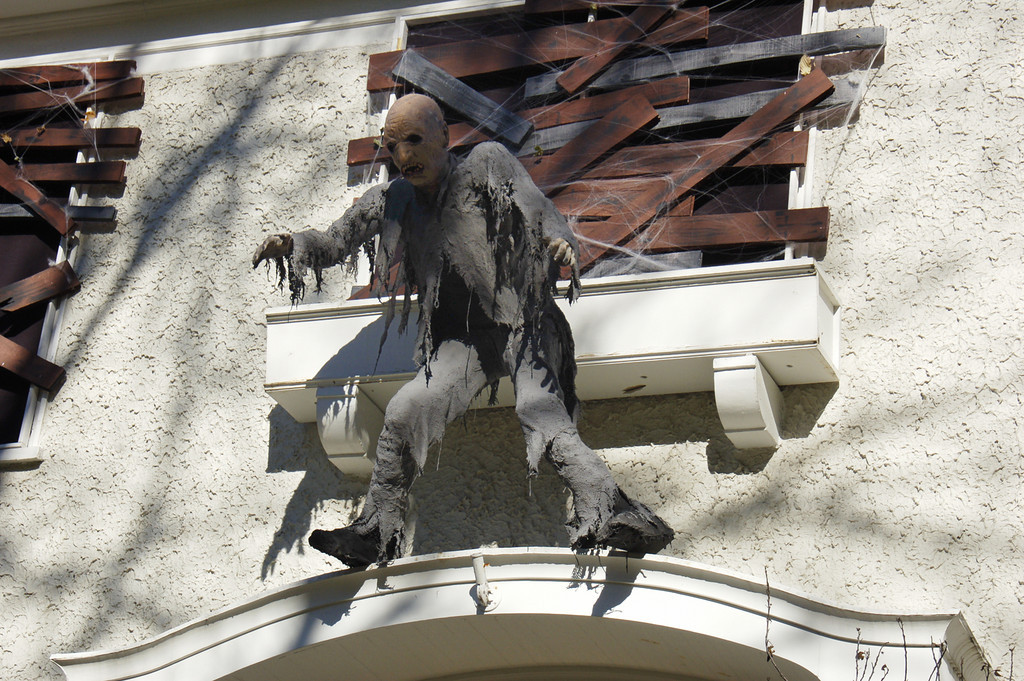
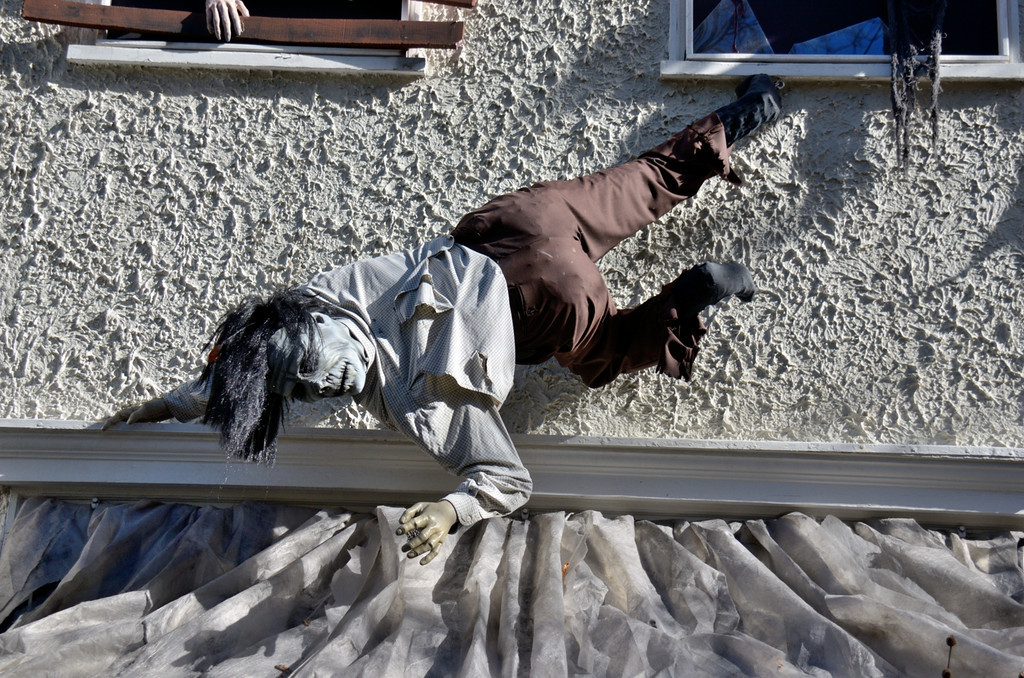
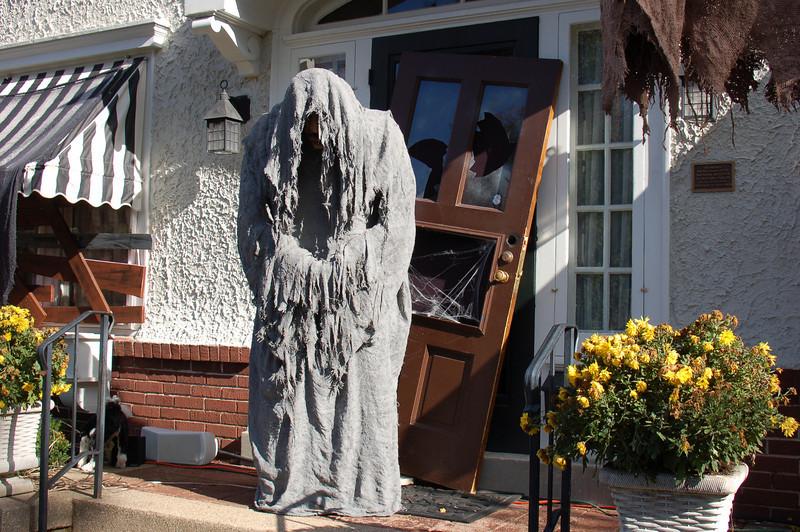
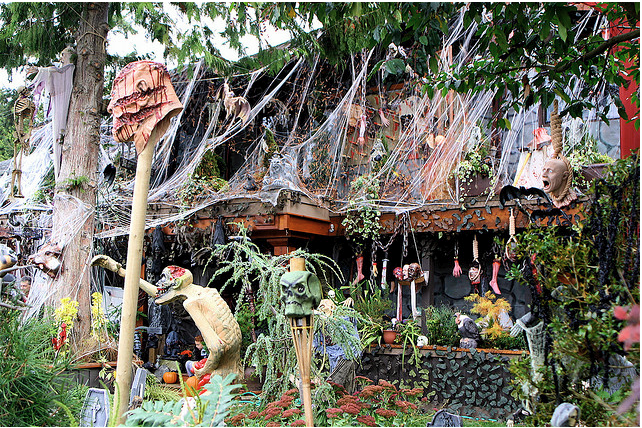
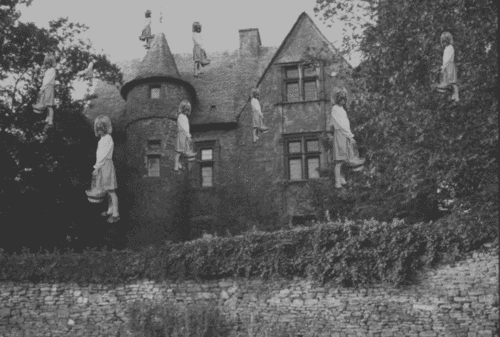











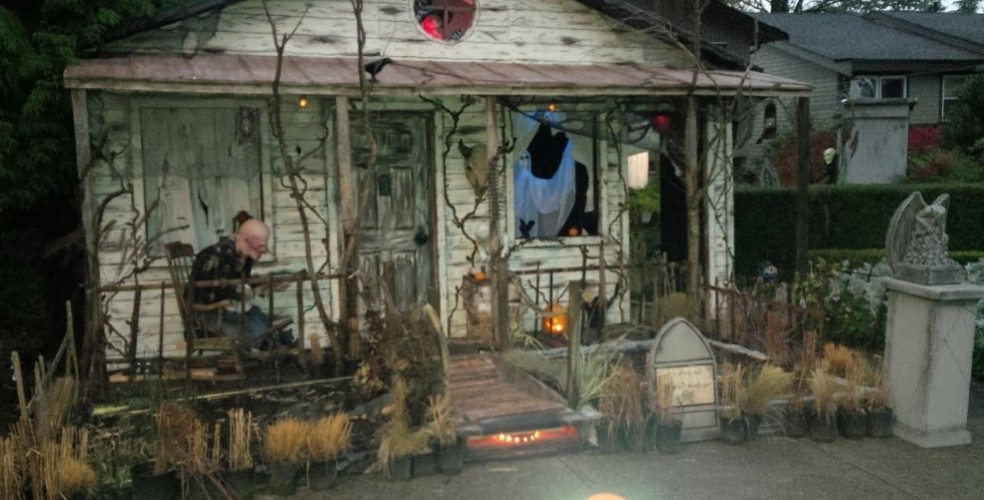
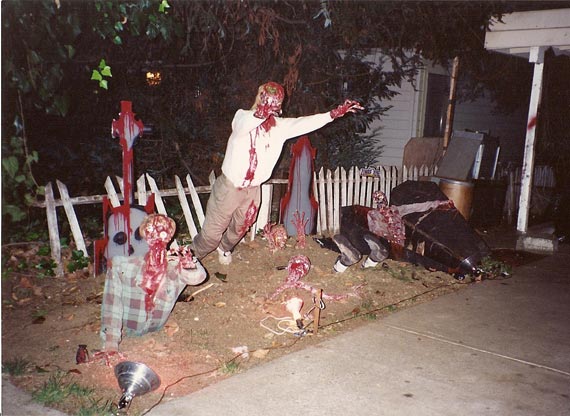
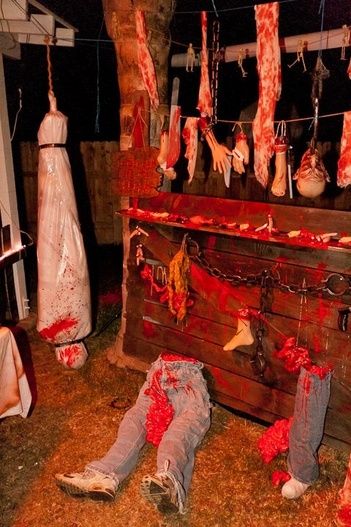
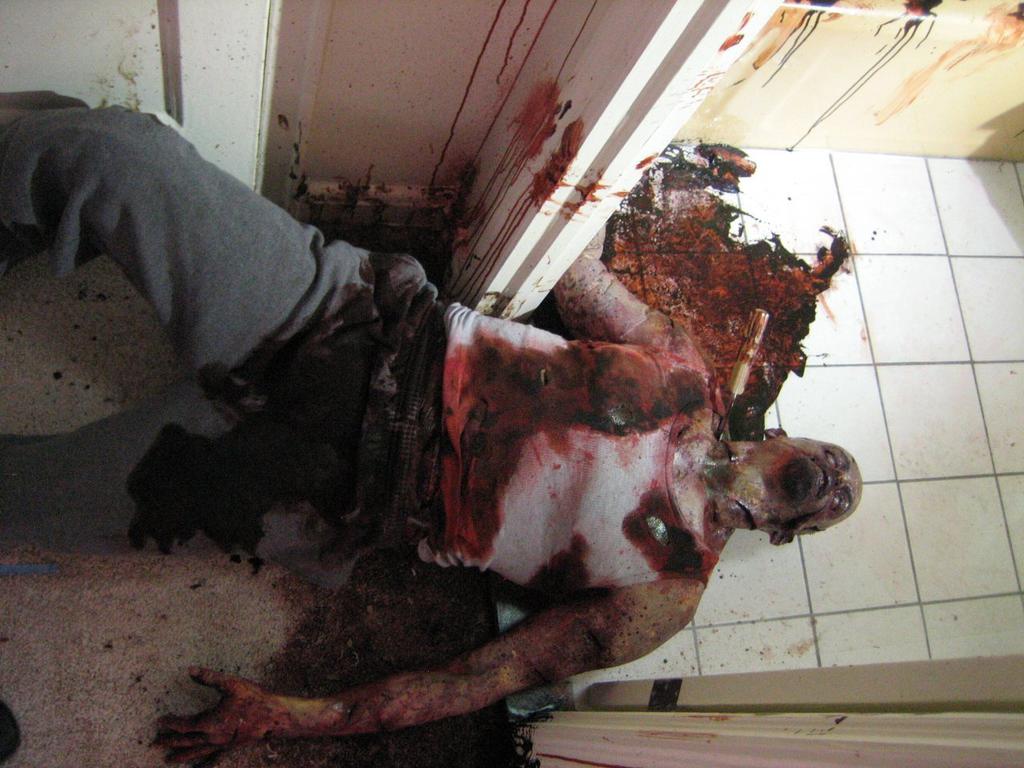
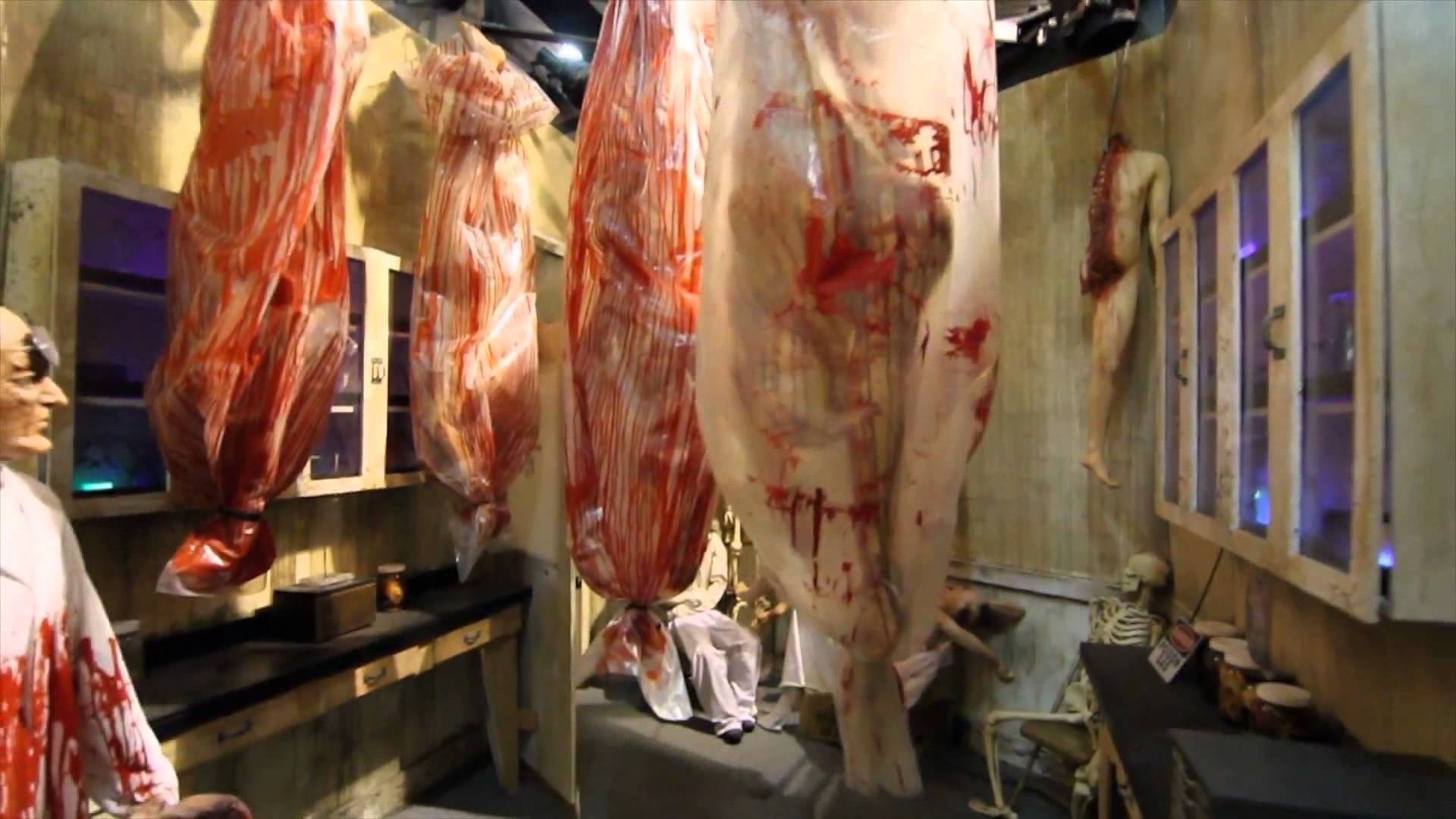


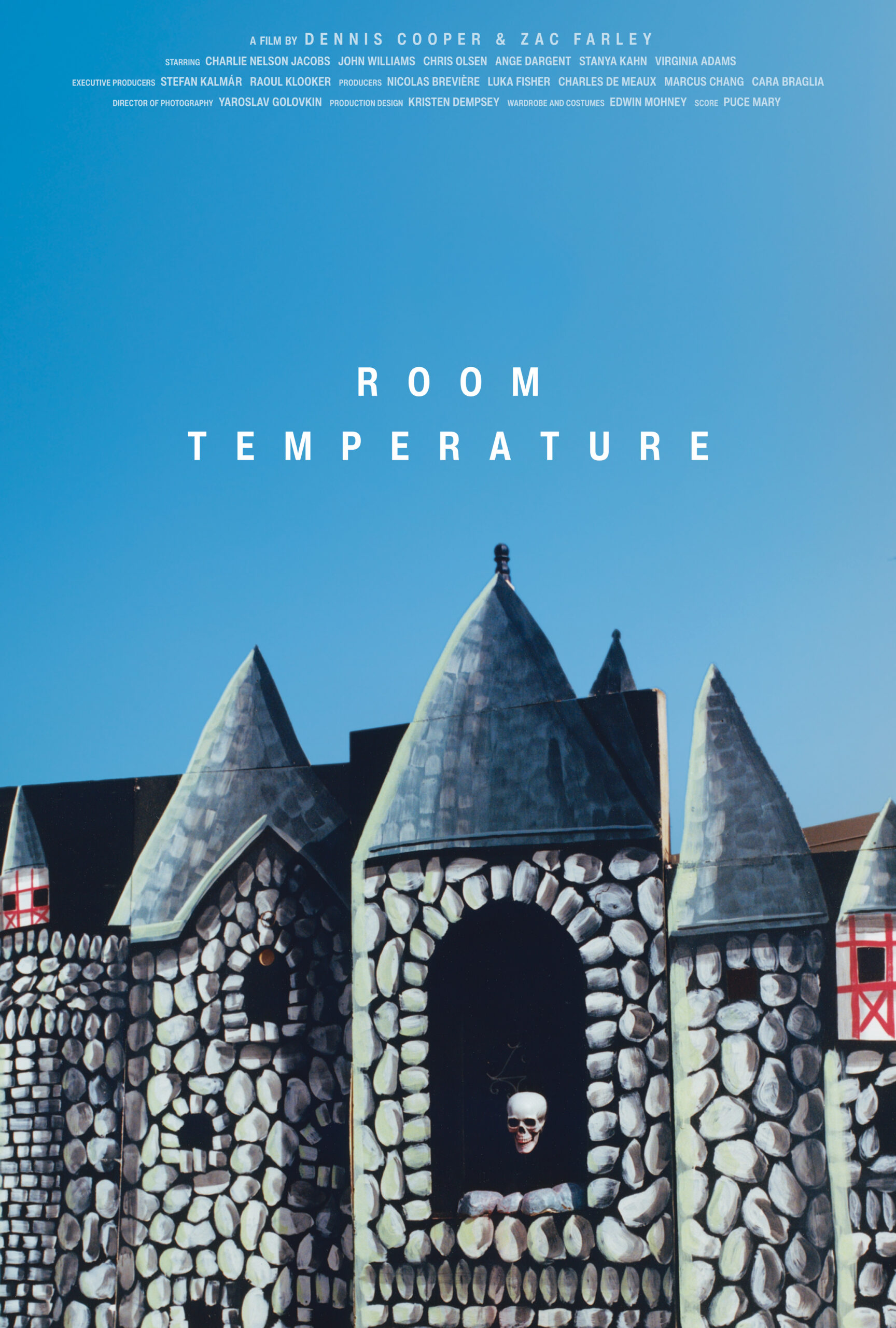



 Now available in North America
Now available in North America 